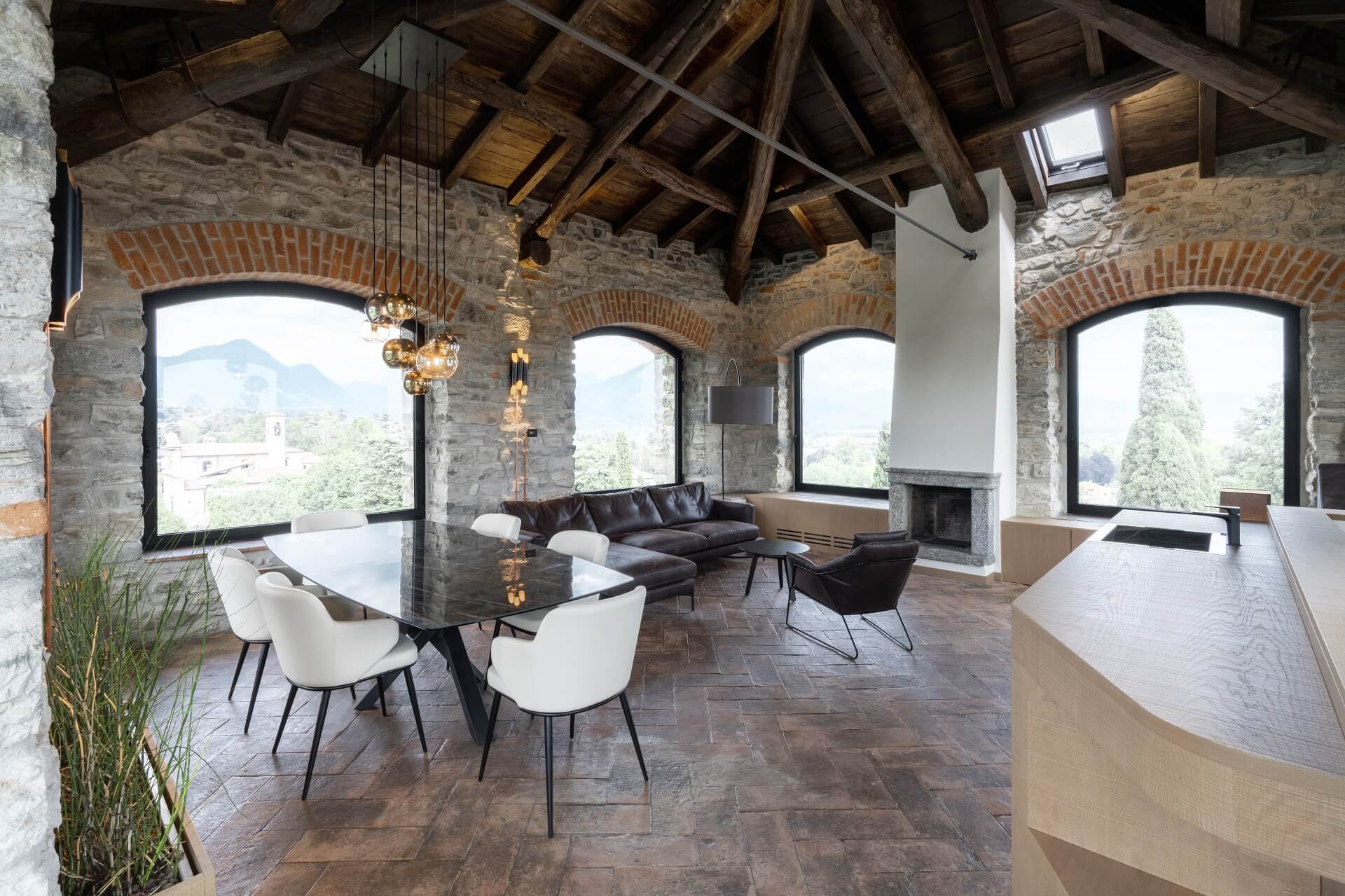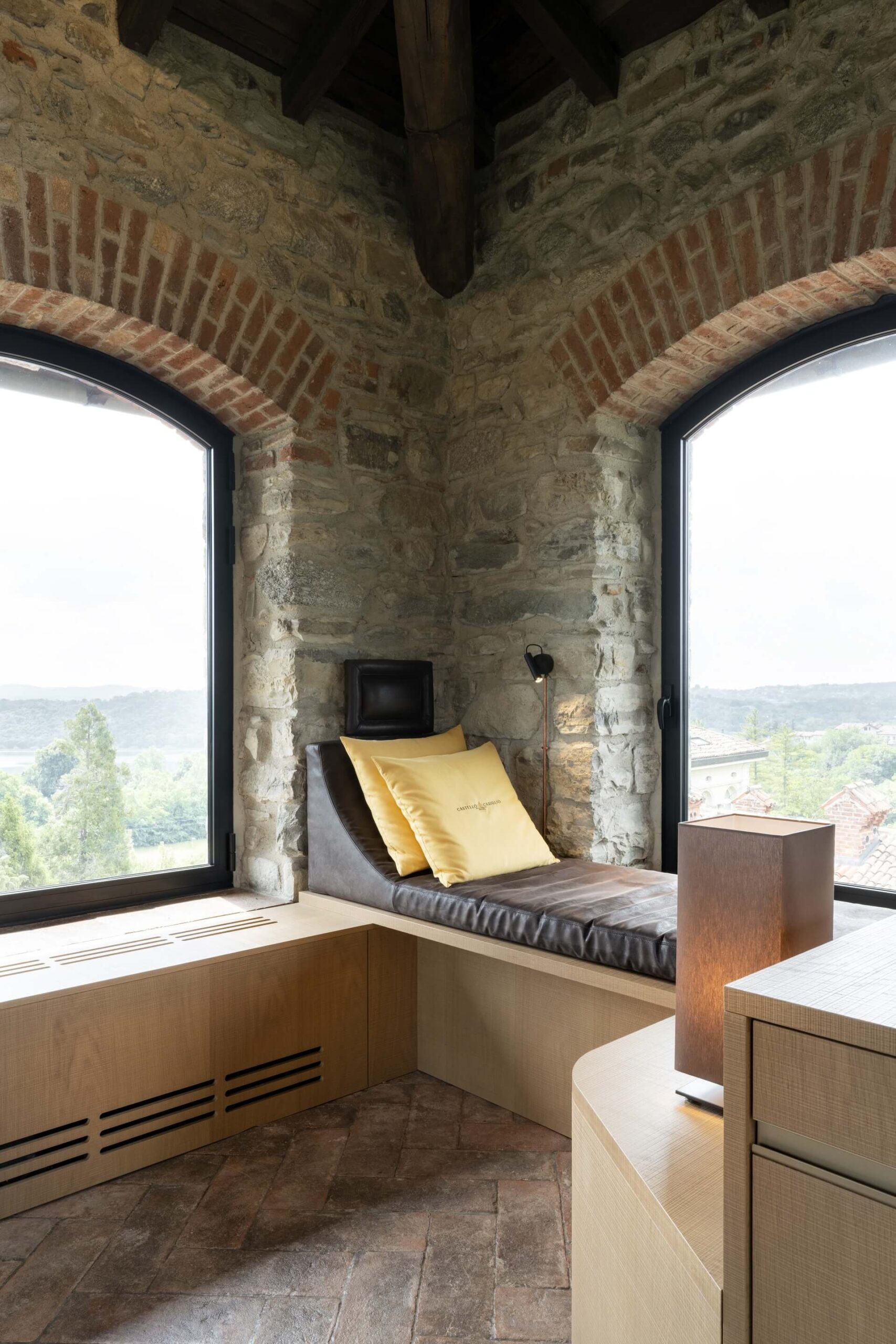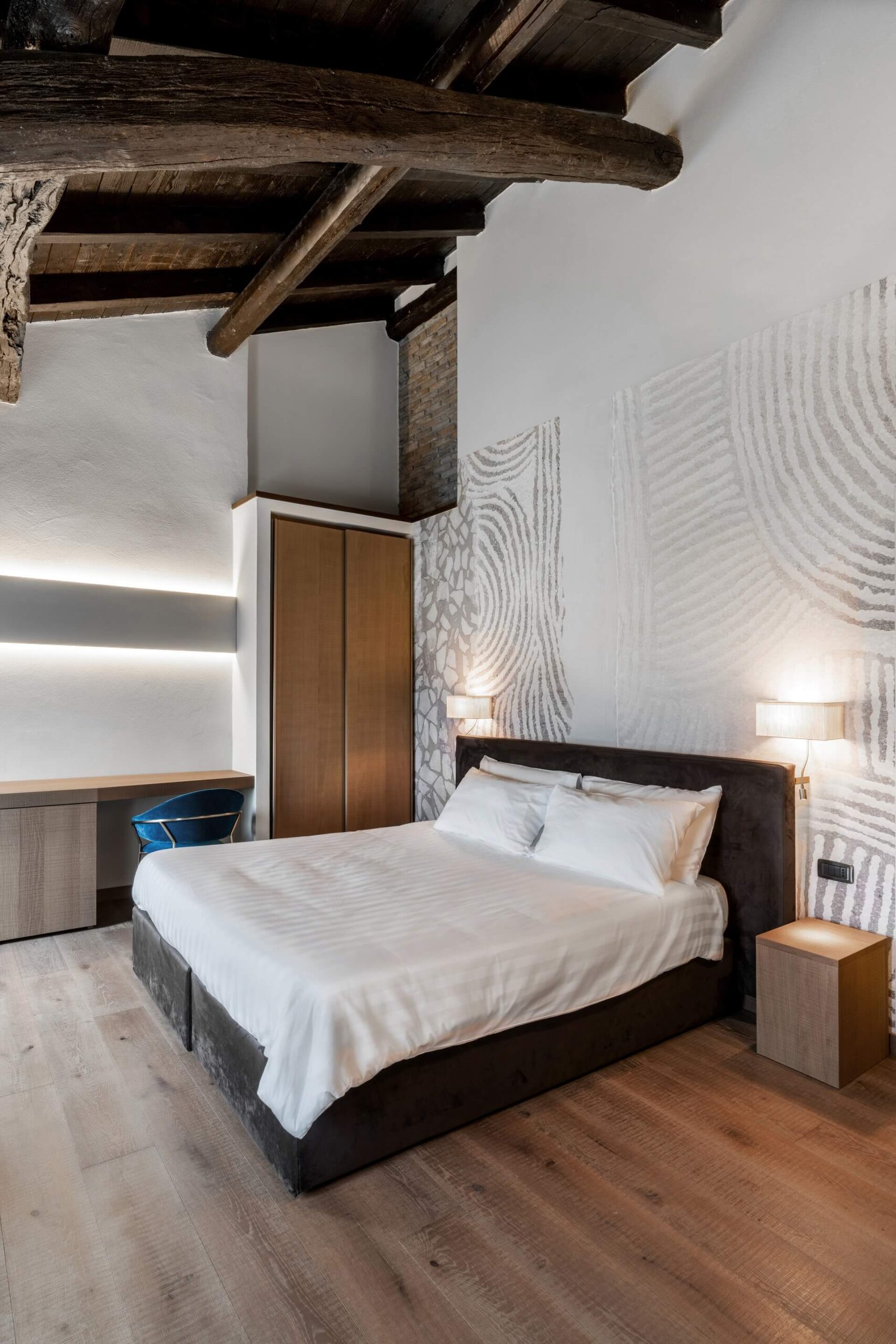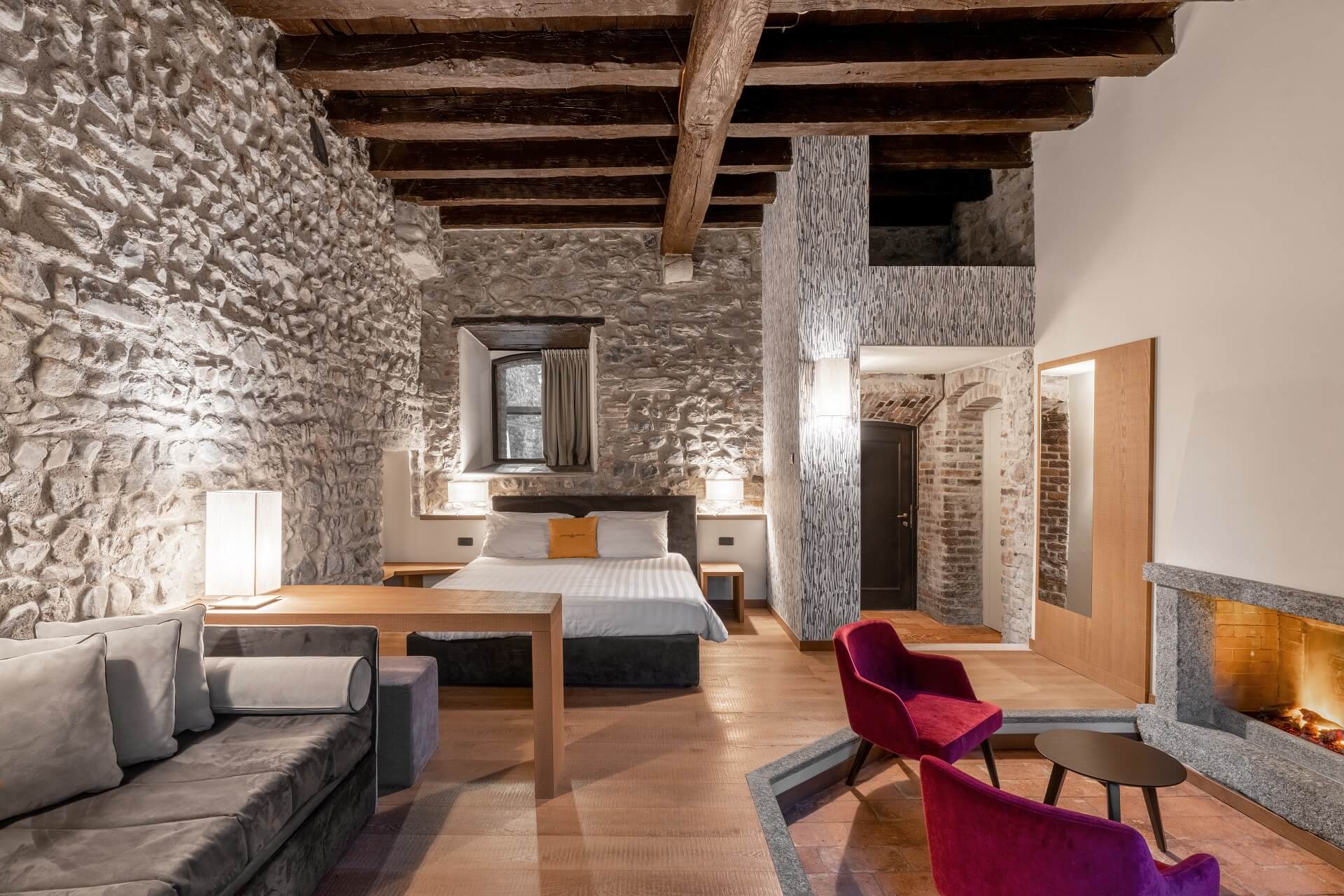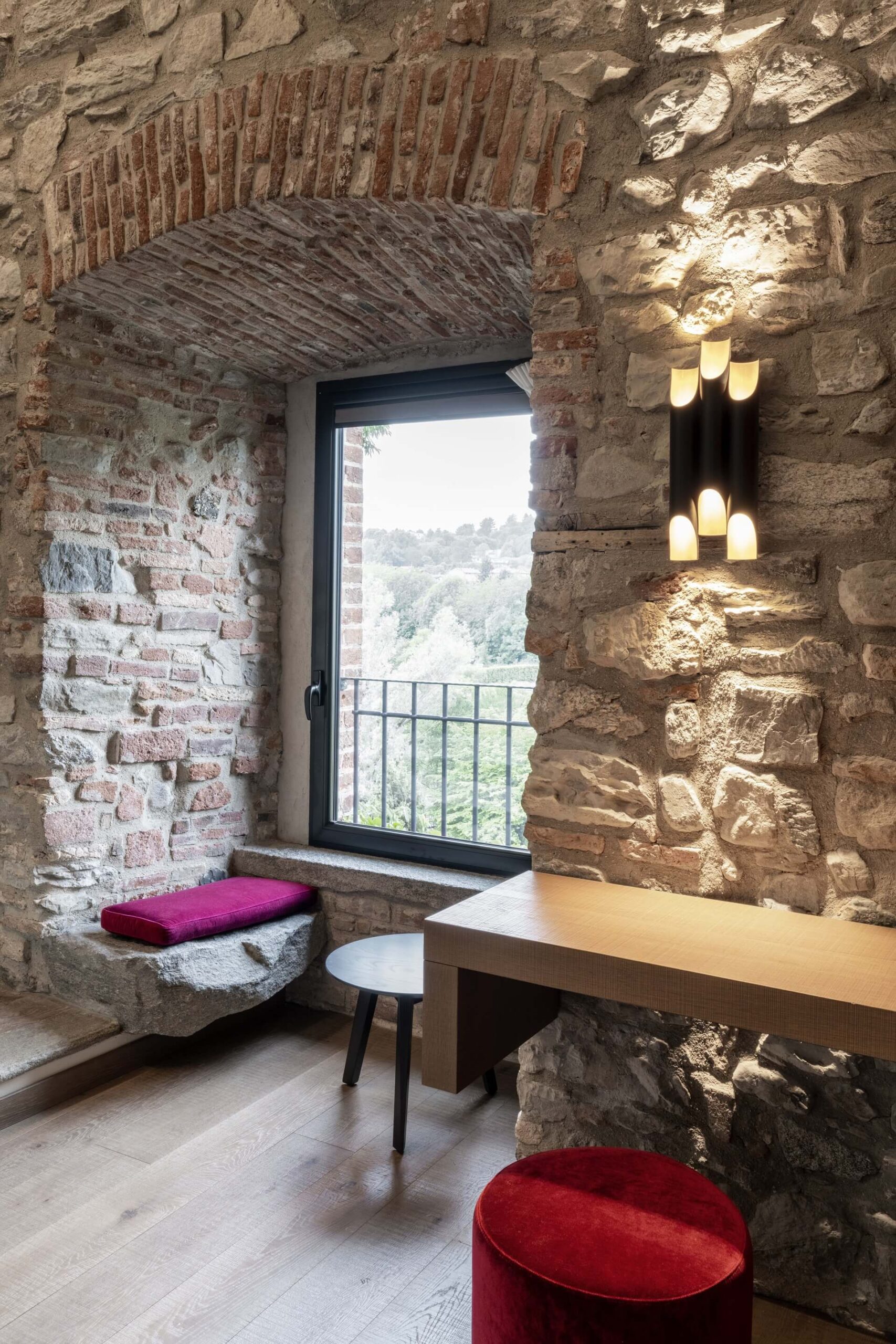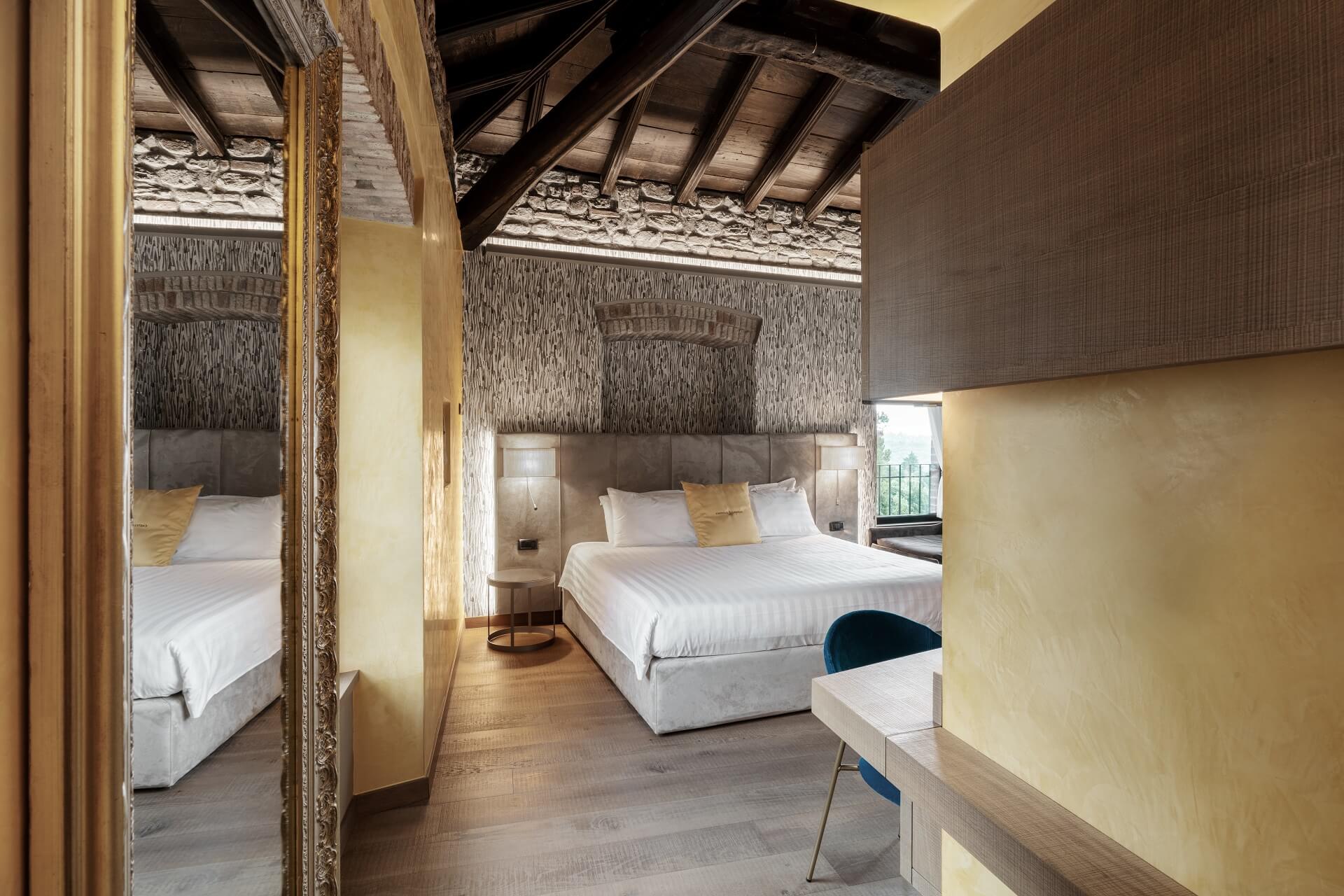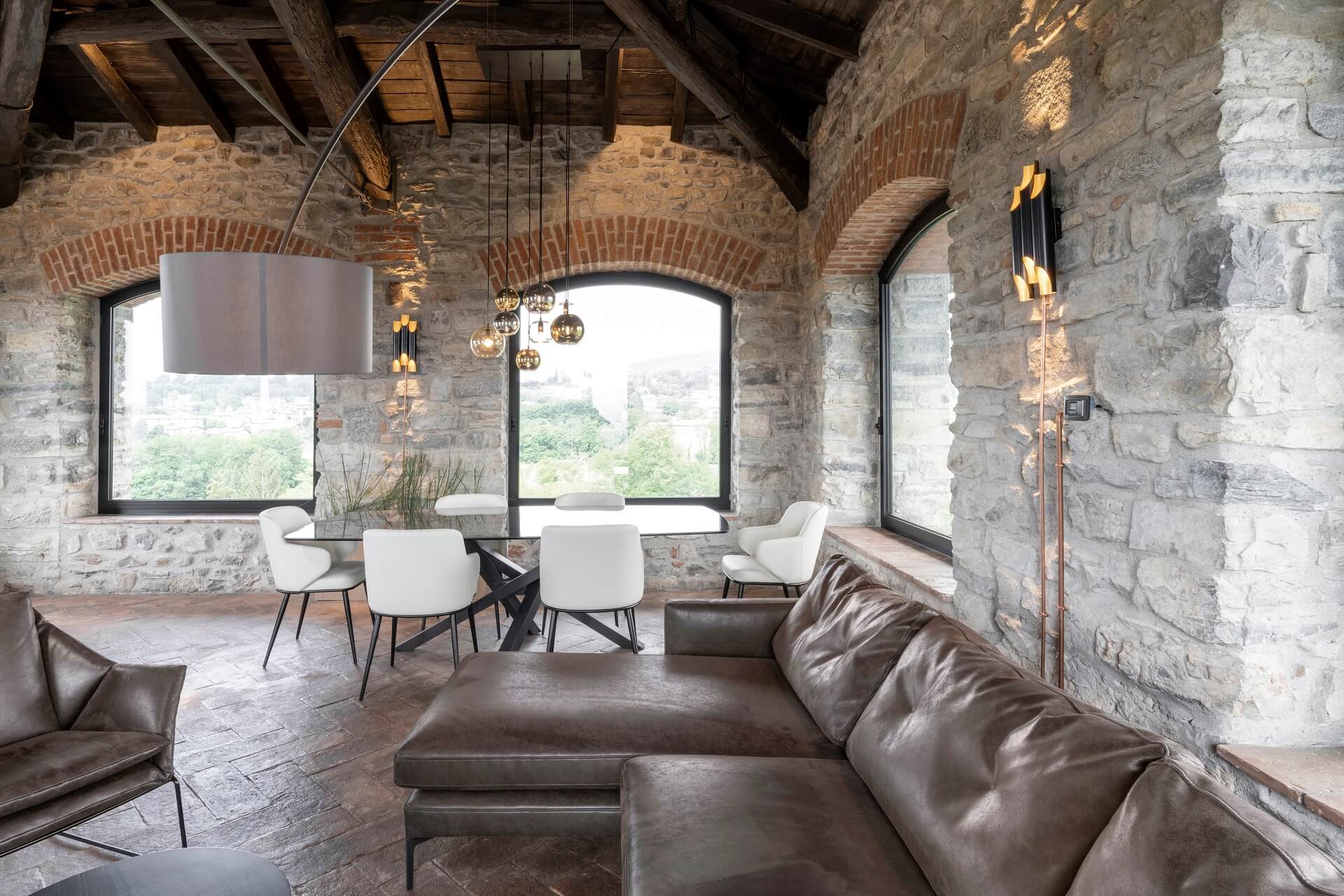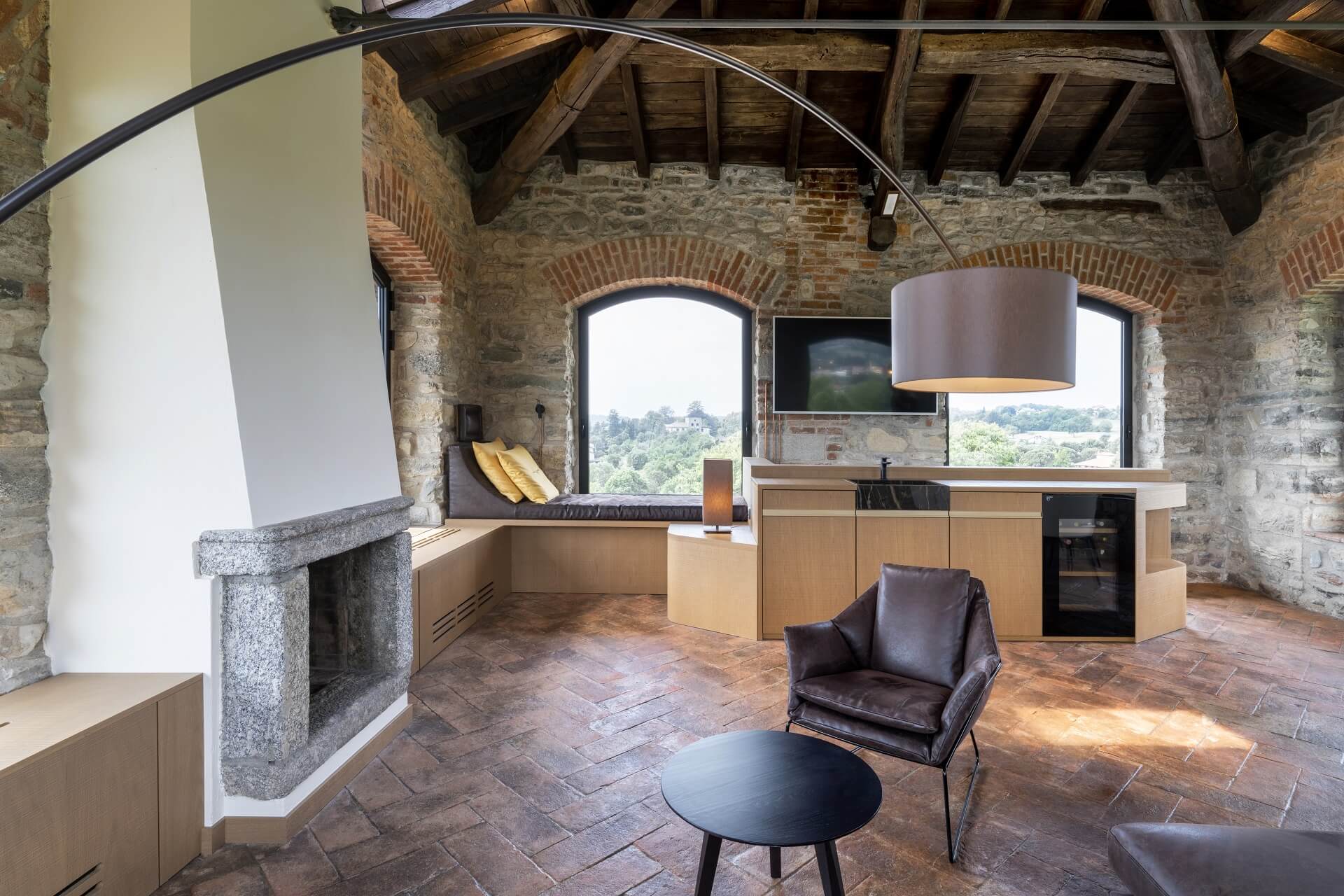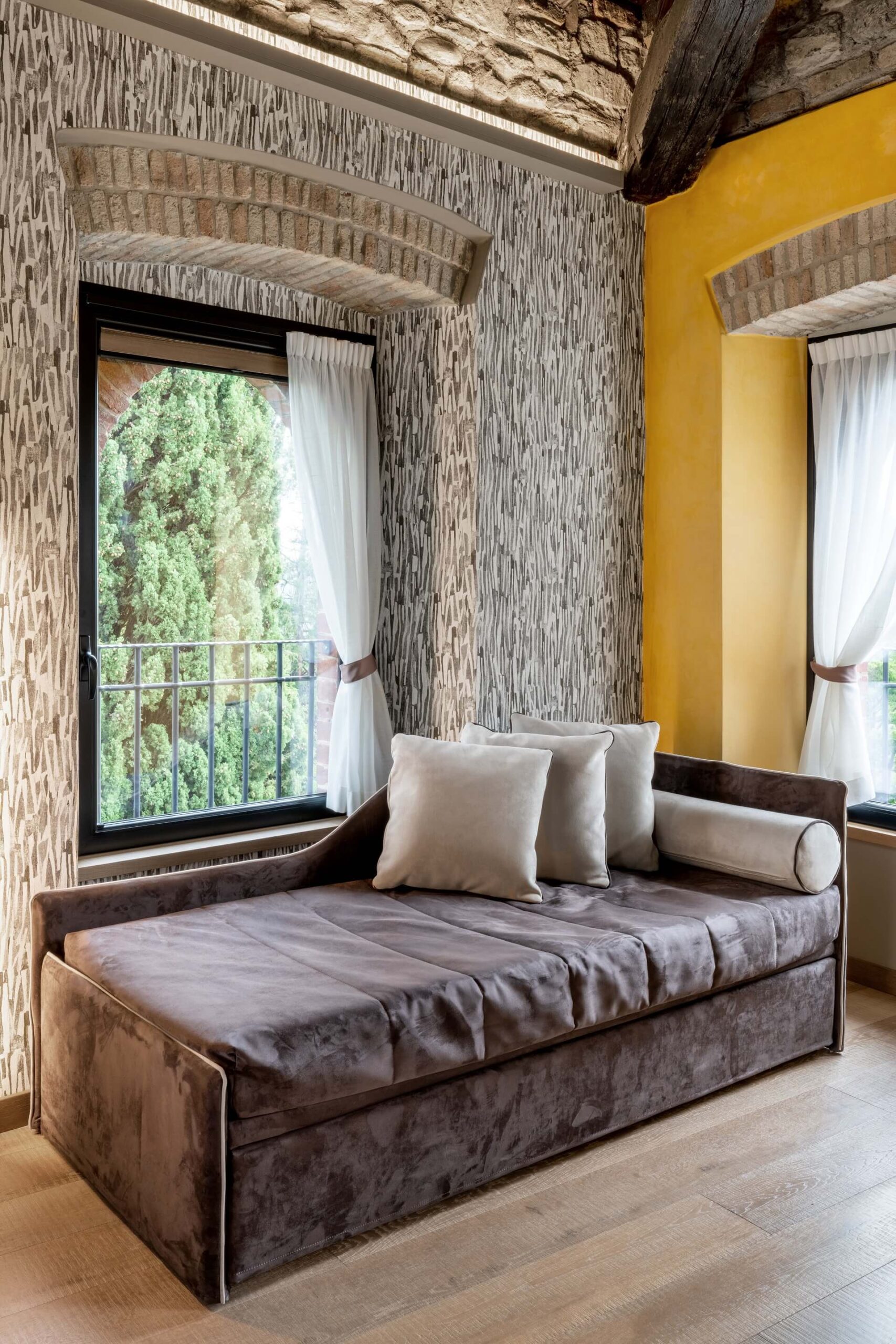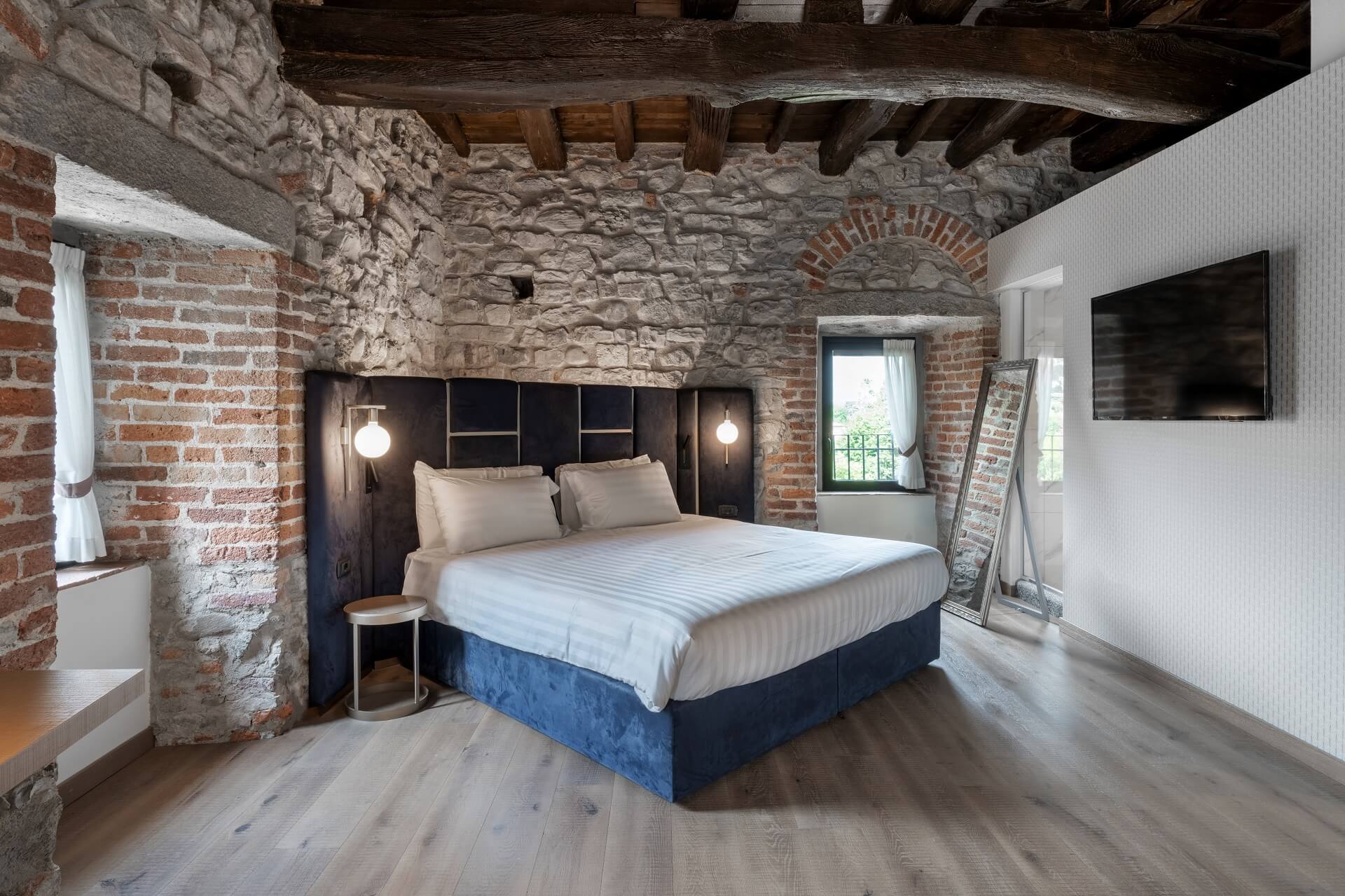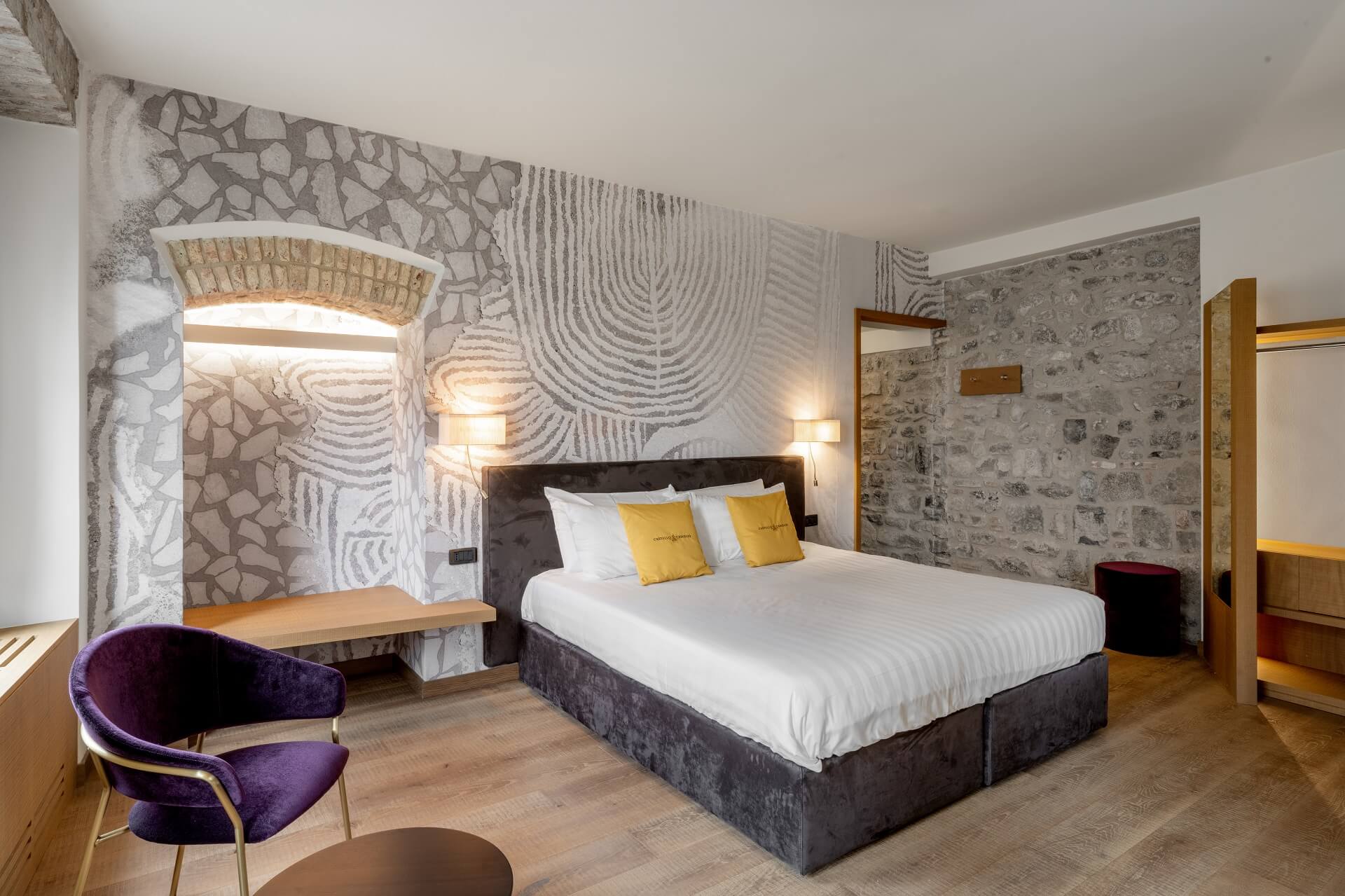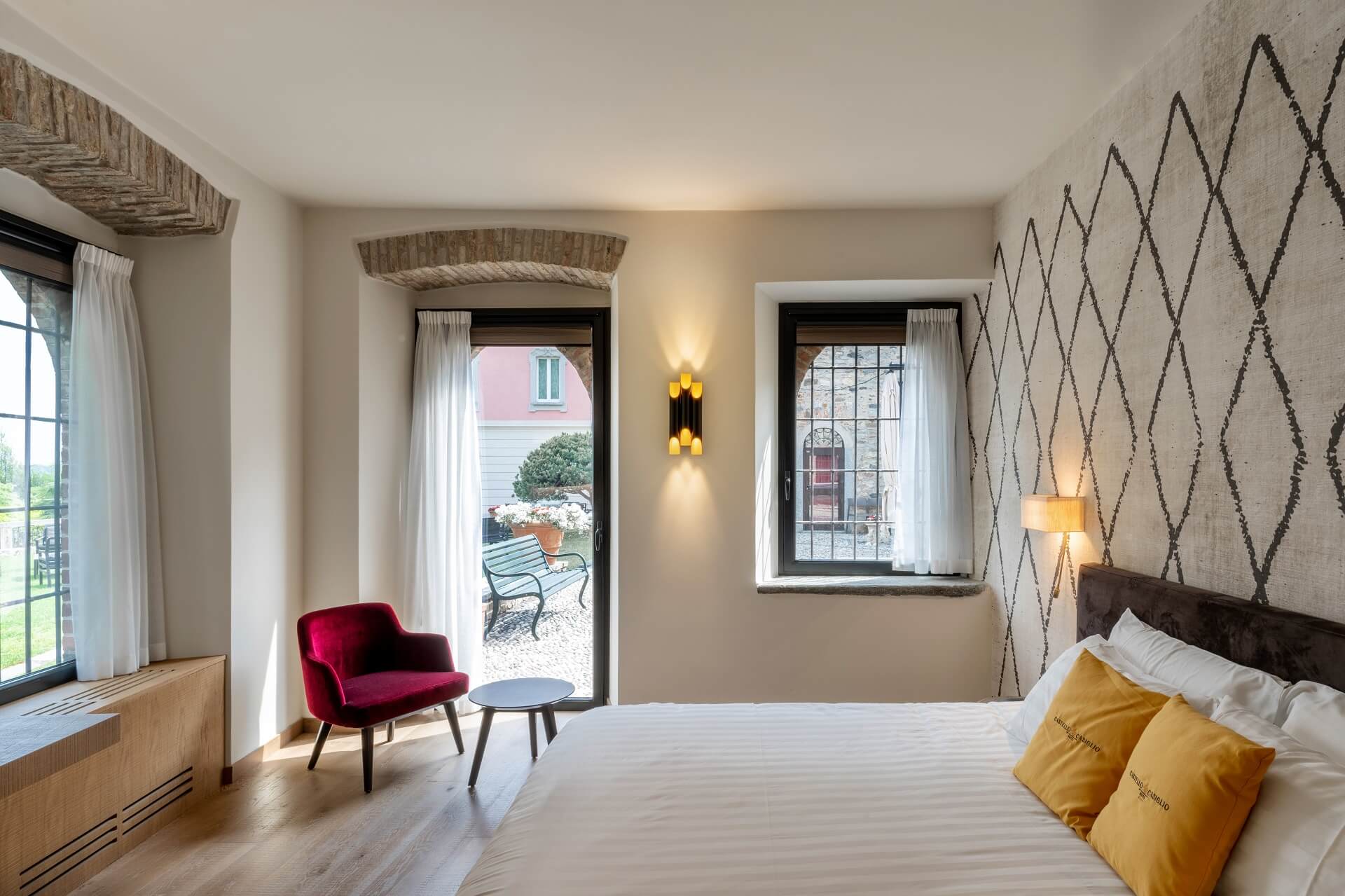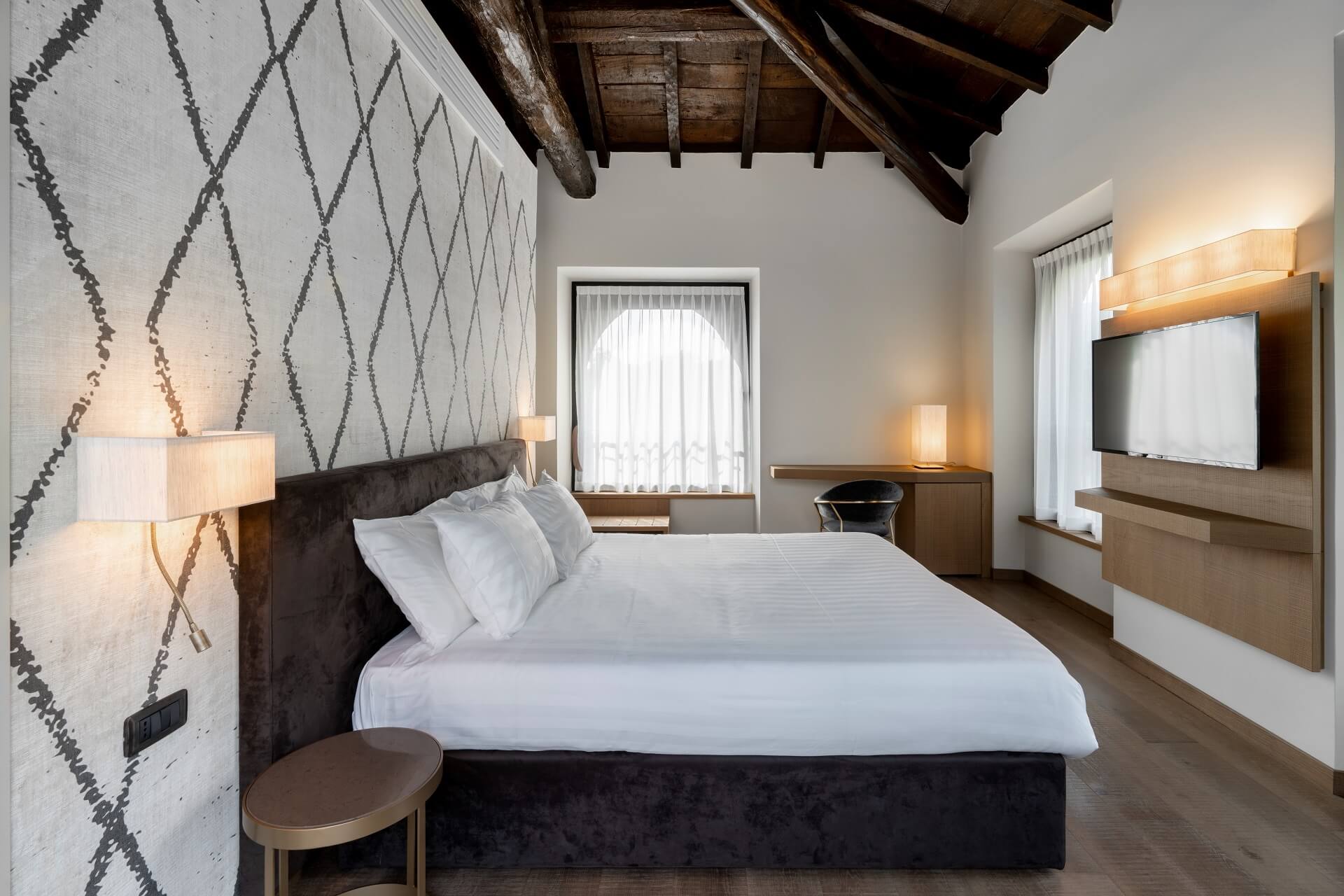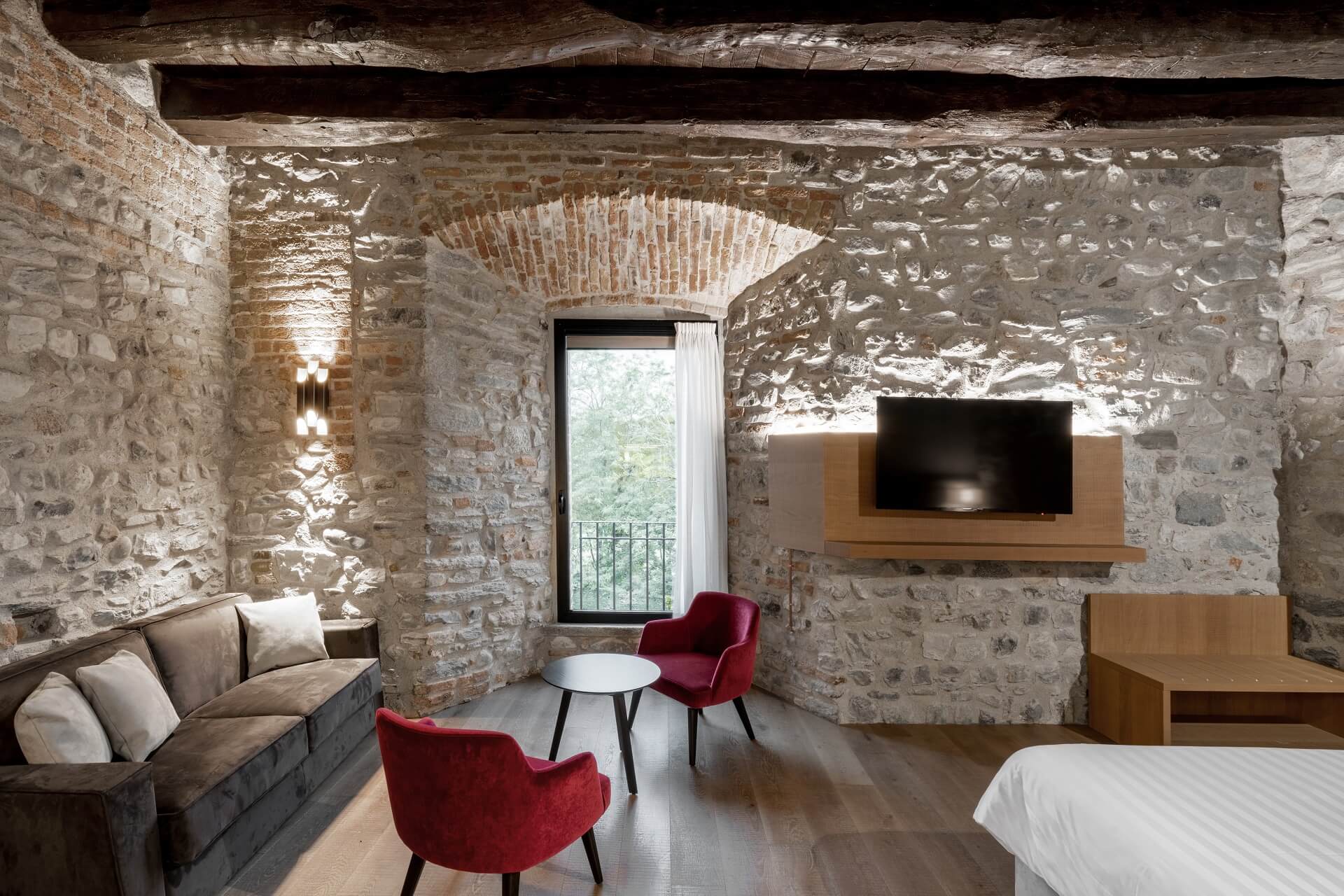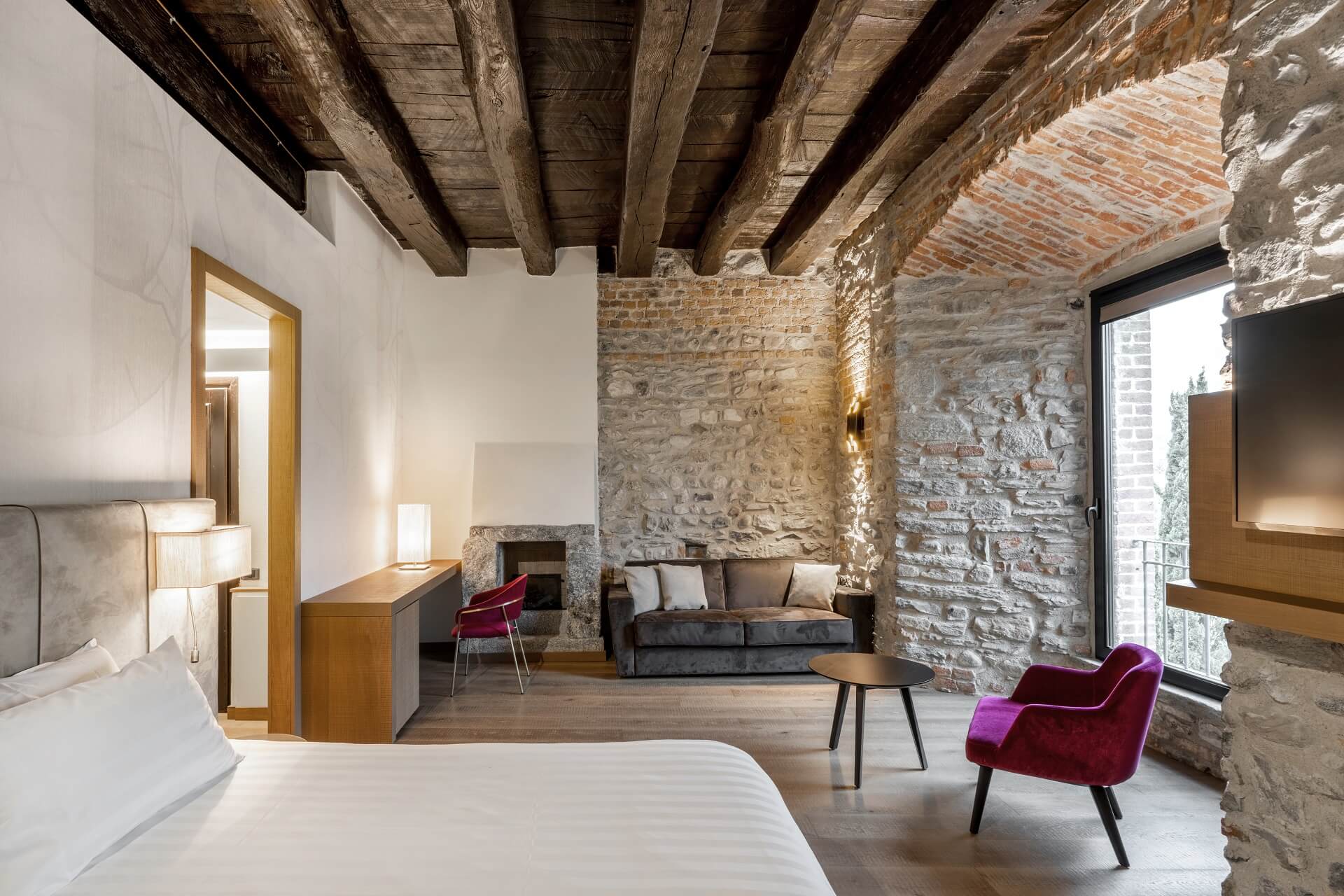The Relais Castello di Casiglio in Erba is a fascinating castle that speaks through its 700 years of history.
Set in the Charm of Lake Como
An authentic jewel to be discovered that is situated only a short distance from Lake Como with its most famous destinations such as Cernobbio, Tremezzo and Villa Carlotta, Bellagio and Villa Melzi, Lenno and Villa Balbianello, and Varenna and Villa Monastero, this historic location offers guests all the beauty of the territory in a context of love for hospitality and design.
Sports activities
The area is also just a few kilometers away and offers many possibilities for sports lovers: tennis courts, horseback riding centers, bicycle paths, adventure parks and nautical activities. Lake Como’s Villa d’Este Golf Club is just four kilometers from the Castle.
A four-star Relais that proves to be a perfect location for meetings, conferences, teambuilding activities, weddings, events and for romantic or themed dinners served in the new Lècru Restaurant, located in the oldest part of the castle.
Relais Castello di Casiglio: Renewing History Through Renovation
The renovation of the 29 rooms of this ancient manor house has helped to enhance all its charm, capturing at the same time its history and traditions, supported by the skilled work carried out by Concreta, the interior contractor from Valtellina based in Postalesio, which created this prestigious reference, designed by architect Francesco Venzi. In detail, the intervention involved: 19 Standard rooms, 13 Superior rooms, 10 Classic Junior Suites, 3 SPA Junior Suites with private in-room sauna and 1 ‘Tower’ Suite in the Castle tower.
In the case of Castello di Casiglio, the main activity was to rethink and redesign 29 rooms, in a building that had unique characteristics.
From a logistical point of view, the castle was quite different from a newly built hotel, where it is possible to configure hundreds of rooms in a repetitive and serial logic. What was special about this project was that the rooms were different from each other, not so much in construction logic but in typology of details.
The owner of the property requested that the rooms in the castle be diversified, taking into account the different types (standard, superior, junior), shaping the furnishings within the irregular spaces typical of a building like this, while still respecting the architectural structural elements such as plaster, stone, wooden ceilings rather than plastered ceilings, existing fireplaces and terracotta floors, while not using different styles.
Highlighting History
The answer was to develop a common thought by function with the same architectural language and design line. Each room has the specificities required by a structure of this type yet, while maintaining identical materials, treatments and finishes, certain details were highlighted by varying the color (such as the fabrics of the seats or the paintwork), the pattern or type (e.g., of curtains and objects) as well as the size and shape of some fixed furnishings.
As architect Francesco Venzi says: ” A different wallpaper was also chosen for each room, due to the type of the rooms or the light, with the aim of differentiating the perception of the designed spaces in a common matrix, without creating contrast between the settings. The idea behind this design path is to enable the client return to the hotel the following year and stay in a different room-but at the same time to recognize the same atmosphere, certainly not with less emotion.”
In this context, the role of lighting was very important. The interiors of the castle are a succession of unusual and enveloping settings, and here the lighting was crucial in making the design choices stand o
Architect Venzi conceptualized lighting capable of enhancing the design of the rooms and the architecture of the spaces, creating lamps specifically for this project or simply using LED systems chosen from mass production, shaped according to specific space requirements; both solutions were built or supplied by Concreta’s partners who specialize in this sector.
With its 700 years of history, the structure of Casiglio Castle is itself rich in striking and distinctive details, with exposed stone walls, beamed ceilings, terracotta floors, and important furnishings.
This meant that it was not necessary to add any other important building elements or colors, but it was preferred to emphasize the place with a stimulating comparison between past and present in a constant dialogue between new furniture elements, existing terracotta, stone and wood flooring. The same wood was used for both the new floors and the furniture construction, and everything was custom-made by Concreta’s production, creating an understated textural and chromatic contrast that is respectful of the manor’s history.
For the fabrics-which play a key role in creating the charm of the settings-consistent patterns and materials were used, differing only in a few details. Renovating such an important piece of history in a way that highlights a unique and exception experience for the guest while also cherishing the beauty of the castle became a guiding light for a project that brings even more prestige to this storied location near one of Italy’s most beautiful areas.
